When done right, email marketing can help your subscribers feel connected to your brand, pique interest in your services, and even get your subscribers to make the move from just reading your newsletters to booking a discovery call.
In this blog post, we will look at the benefits of email marketing, how you can grow your mailing list, examples of interior design content you can share in your newsletters, and tools you can use to streamline the creation of your newsletters.
Disclaimer: This blog post may contain affiliate links and we may earn a small commission when you click on the links or purchase paid products at no additional cost to you. We only recommend products and software we truly believe to be helpful for your business.



The benefits of email marketing
Email marketing can provide a wide range of benefits for interior designers, from showcasing your latest projects to converting subscribers to clients.
Basically, email marketing allows you to connect with your existing and potential clients in a regular, personal, and targeted way. Whether it’s promoting your portfolio or sharing design tips and tricks, regular email contact with subscribers can help you build brand awareness and trust in your design business.
With an average ROI of $36 per dollar spent, email marketing has been shown to be one of the most effective forms of marketing, and when you don’t have a large budget to spend on traditional advertising or social media ads, emails are the part of marketing you can’t afford to overlook.
Some of the advantages of email marketing include:
Cost efficiency
Email marketing is a cost-effective way to promote your business. Instead of spending money on traditional advertising, you can reach a wider audience at a lower cost with a simple email campaign.
Personal communication
With newsletters, you can target specific segments of your audience, so you can tailor your message to each group, whether it’s past clients or new subscribers. And with more personalized content comes a higher chance of converting them from subscribers to paid clients!
Audience ownership
Now, growing an email list might take longer than growing an Instagram following, but audience ownership is definitely a reason to invest that time. While you can lose your following or access to your social media profiles basically overnight with no fault of your own, your email list remains yours, no matter what happens to your Instagram profile or TikTok following. You cannot just lose a list of your subscribers once they subscribe to your newsletter, provided you gained their email addresses rightfully.


How to grow your email list
Building an email list might sound daunting at first but it really doesn’t have to be!
Before we get into how to get subscribers, here’s one thing you should never do: Don’t get tempted to buy a list of subscribers (and the same goes for social media followers), no matter how low the price.
Not only is this a waste of money as you are likely to get email addresses that aren’t really being used, but your newsletters are likely to end up flagged as spam from those active users, who are not interested in your interior design business.
So, with that out of the way, here are some tips for building an email list:
- Create a sign-up form on your website: Make it easy for people to sign up for your email list by including a sign-up form on your website. You can use a tool like Mailchimp or ConvertKit to create a form and embed it on your site – no advanced programming skills are needed!
- Offer a lead magnet: A lead magnet, or a freebie, is something you offer in exchange for someone’s email address. For example, you could offer a free design guide or a discount on your services. If you have an eBook about your favorite interior design tips or a renovation checklist for a specific area in a home these can work well too!
- Host a giveaway: Hosting a giveaway is another great way to grow your email list. You could offer a free design consultation or a gift card to your home decor store as the prize.
- Use social media: Promote your newsletter on your social media channels and encourage your followers to sign up. You can also use social media ads to target potential subscribers although these will require some upfront costs.
- Promote your newsletter at events: Mention your newsletter and collect email addresses when attending design events and trade shows – with the initial personal contact, people might be more likely to subscribe than when just stumbling upon your website!
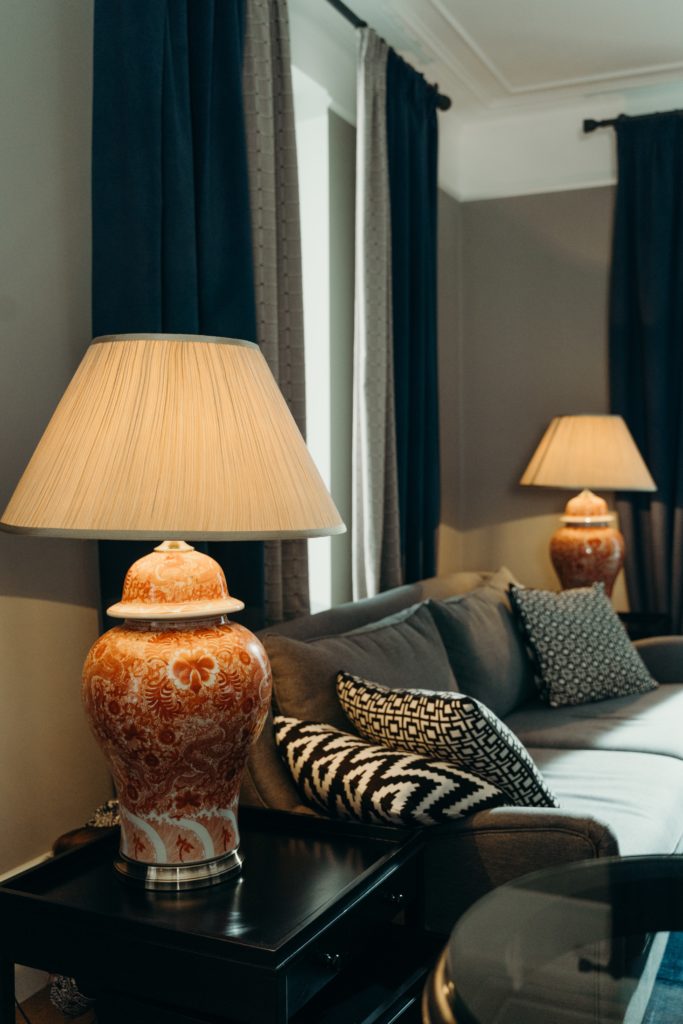
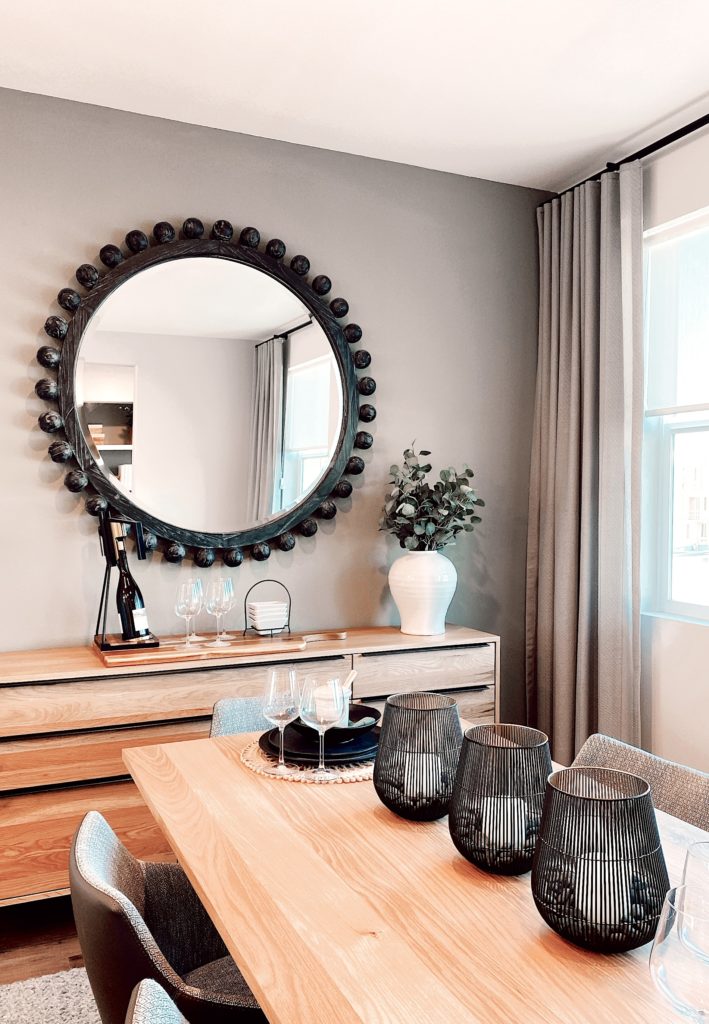

Lead magnet ideas for interior designers
Lead magnets, or freebies, are possibly the best way how to get people to subscribe to your newsletter.
By offering something of value you can catch a potential client’s attention and can introduce your brand more closely in a series of nurturing emails after they subscribe.
There are tons of things you can offer as a home decor lead magnet/freebie.
Here are some ideas to get you inspired:
- Free design guide: Offer a free guide that shares your top tips for designing a beautiful and functional space.
- Design quiz: Create a fun quiz that helps people determine their design style. Collect email addresses in exchange for the quiz results.
- Mood board template: Offer a free template that people can use to create their own mood boards.
- Design webinar: Host a free webinar that shares your expertise on a specific design topic. Collect email addresses from attendees.
- Design challenge: Create a challenge that encourages people to redesign a room in their home. Collect email addresses as part of the sign-up process.
The key is to offer something that’s valuable and relevant to your target audience. This way people will be more likely to sign up for your email list and stay interested in your content.
Once you create your freebies, test different channels to see which platforms work best to attract the right audience. Include the link to your freebie in your Instagram bio, link it in your Stories using the link sticker (or encourage viewers to DM you to get the link), create pins on Pinterest linked to the sign-up page, and see what gets the best results.
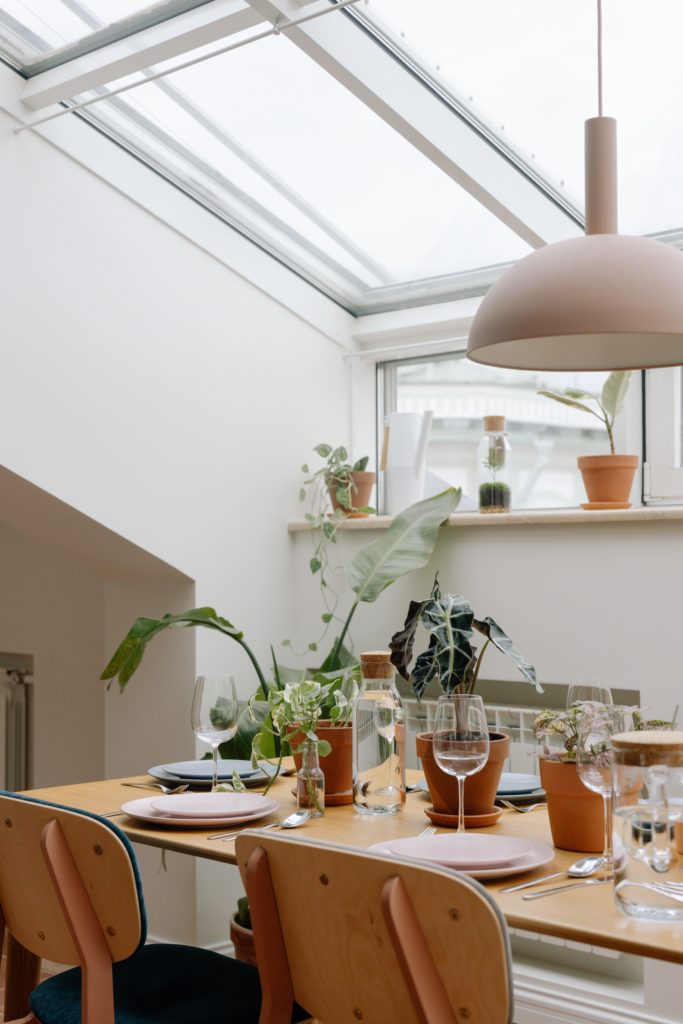

Creating engaging emails to nurture potential interior design clients
Congrats, you’ve gained your first subscribers! But what do you do now?
Now is the time to nurture your subscriber audience with regular emails about your business and what you’re up to.
The goal should be to remain on the forefront, showcase your talent, and keep building trust in your expertise. You can do that with a variety of themes and topics, besides regular project and business updates.
Below are some suggestions for types of content that you can share in your newsletters. Feel free to pick and mix what fits your business and once you get into the habit of sending newsletters regularly, you can experiment with different topics.
Newsletter content ideas for interior designers
Project showcases
Project photos are likely to be a frequent type of content as you’ll want to show your subscribers what you are capable of as an interior designer.
As part of your conversion strategy, try not to reveal everything in your newsletter – instead, encourage subscribers to read more on your website. This will also help your emails load faster as they won’t be cluttered with too many high-res images.
To create interest, use one eye-catching image and a fitting call to action when linking to the project showcase on your website.
Links to your latest blog posts / YouTube videos/podcast episodes
Newsletters offer a great opportunity for cross-promoting your content, whether you are an avid home decor blogger, got featured recently on a podcast, or are dipping your toes into YouTube with interior design vlogs.
Include clear, high-resolution screen grabs with a short overview, as well as a link to the original version of this content. For blog posts, use a high-resolution image with your blog intro, and ensure that you’ve included clickable links that will take your readers easily to the relevant blog post.


Knowledge sharing
This category is perfect for showcasing your expertise and building trust through your design expertise. Whether you are sharing your favorite styling tips, news on the latest interior design trends, top colors for the season, or even best-buys for furniture options, there is plenty of opportunity to provide value for your subscribers.
Do keep this kind of newsletter topical: research what is trending at the moment in the interior design landscape and keep an eye on your social feeds for questions that your followers are asking. They might need specific advice on choosing fabrics or preparing for a remodel, or even inspiration for how to style their homes for a new season. Make these newsletters all about their needs and don’t be afraid to repurpose this content into social media posts!
Sales and special discounts
Want to ensure that your subscribers do not miss out on special sales you are running on your online shop or when selling virtual design packages?
Whether you are doing Black Friday deals or other limited-time discounts, it is always a good idea to punt these events, as it is not always guaranteed that your audience would spot this news on social media.
To sweeten the deal even further, you can add special discount coupon codes that will be only available to your subscribers, making them feel special and valued. This is also an easy way how to track conversions from your newsletters, provided you don’t share these coupons anywhere else.



Business news announcements
Your team is one of your most valuable assets, and if you have new faces becoming part of your success story, make them stand out! Include a mini Q&A, or if you are doing a full interview on your website, be sure to provide a link for people to visit.
Other business news, like moving office, expanding to a second studio, or hosting in-person events are also worth mentioning in your newsletter – people will be gladly following the latest developments in your business (otherwise they wouldn’t have subscribed in the first place!) and this is a nice way how to make them feel like part of your journey.
Press mentions and publicity
Were you featured in a recent radio interview or in the press? Perhaps on a high-profile blog or even a live broadcast? Do you have incredible event imagery that you can share, or want to punt a recent networking event that you attended?
Highlight the news in short paragraphs, and if there are clickable links, include these to make it easy for your readers to easily access the full story of your announcement.
Don’t forget about social media mentions: if you received a mention on a social media feed of a fellow industry professional, this can be a great way to acknowledge support while also positioning your brand as one that is well-connected.
Live events on your social media channels
Do you have a live Q&A on Facebook or Instagram coming up that you would like to promote? Remind your subscribers of upcoming events in your newsletter to boost the number of live viewers – this works especially well if you send out your emails a couple of hours before the event!



How to write engaging newsletters about interior design
You have your list of subscribers, your email calendar is full of amazing themes to write about… Now, how to make sure people actually read your emails?
Subject lines are a common roadblock that can keep your open rates low. Often, it’s the subject line that decides whether someone even opens your email, so it’s crucial to get them right!
You want your subject lines to grab attention and inspire curiosity. At the same time, you don’t want to sound too clickbaity or make false promises – in short, you don’t want people to feel cheated and unsubscribe!
Let’s look at some best practices for writing subject lines, including examples that might be relevant for your interior design business, or give you enough inspo to get going.
Tips for writing subject lines that grab attention
- Keep it short and sweet: Aim for subject lines that are no more than 50 characters long. Shorter subject lines tend to perform better in terms of open rates. Plus, you want to avoid your subject lines getting truncated!
- Use numbers: Subject lines that include numbers usually perform well because they tend to stand out. They also indicate bite-sized content or advice that is easy to grasp, like 5 ways to create a cozy bedroom
- Create urgency: Use words that create a sense of urgency to encourage recipients to open your email, such as Limited time offer: 20% off all design services.
- Ask a question: Use a question to pique the recipient’s curiosity and encourage them to open your email. For example, Is your home in need of a design refresh?
- Try including an emoji: Emojis can make your subject line more lighthearted and conversational, so depending on your usual tone of voice and communication style, they might fit your emails too. Over the last few years, the trends have been changing around where exactly to place your emoji – while in the past placing them at the end of the subject line was common, these days, the trend is to place them at the beginning where they draw more attention.
- Use ‘power’ words that provoke emotions: Power words are strong, often emotionally charged words that grab attention and encourage taking further action. Think of words like Incredible, Exclusive, Transformation, Irresistible, and similar.
- Keep your subject lines relevant to the content of your email and avoid using clickbait tactics that may turn off your audience. You want to get people to click on your email and read more, but you don’t want to disappoint them or let them down by not delivering on the promises in the subject line.
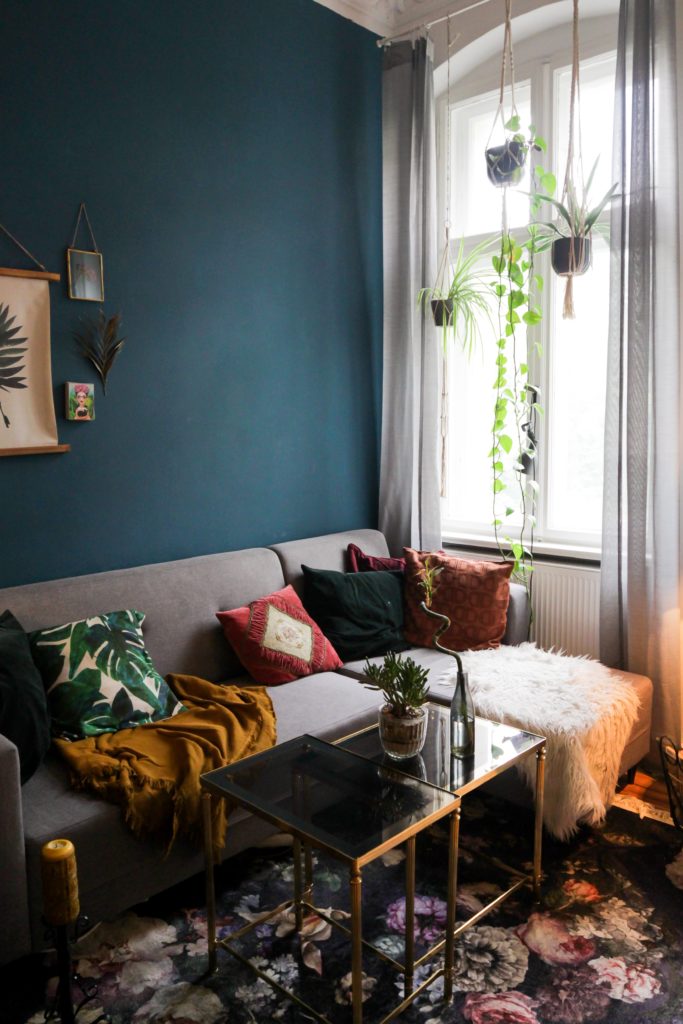

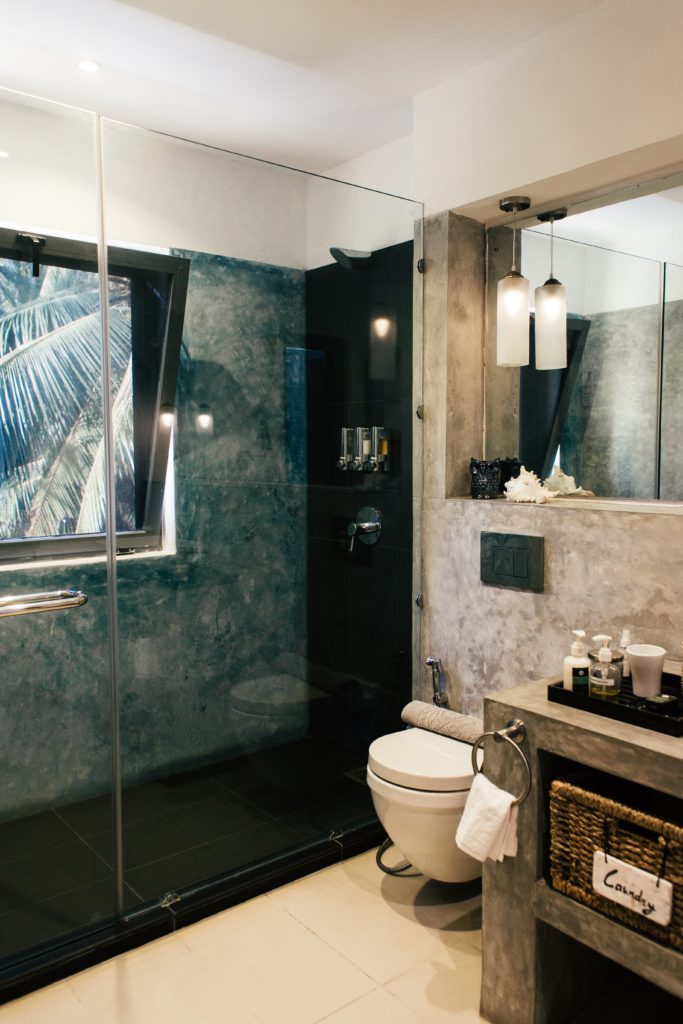
More email marketing tips for interior designers and home stagers
Now, you will hardly get great results from email marketing if you don’t stick with it long-term so it’s important to create engaging newsletters consistently.
Showing up in your subscribers’ inboxes is about relationship building, just like showing up on their feeds week after week. Sending out one newsletter every few months will have a negligible effect. Sending it out once per week over months, while making sure it’s packed with value, is how you build the trust and like factor.
So, here’s how to achieve that.
Be consistent – but not too frequent
If you have made a commitment to post once a week on, say for instance, Thursdays, stick to that schedule. You are creating expectations among your readers of when they can expect your newsletters as well as building the trust that you will keep showing up regularly.
Also, if you only send out emails ad-hoc, it could look spammy. The exception is if you are doing a launch or a campaign. Let’s say you are a virtual designer and you are running a paid webinar about color theory. In this case, you might want to up the frequency of your email blasts in the run-up to the event to maximize your reach and the number of people signing up for your webinar. In such cases, sending out one email per day during the last week before the event is considered an optimal frequency.
Have an email content calendar
You cannot be everywhere at once, but you don’t need to be either. By planning ahead, you can keep a consistent schedule for your newsletters. Make an email content calendar and schedule your emails in advance. This way, it will be easier to just slot copy in per section in your email marketing software.
Now, some things such as winning awards or news cannot always be predicted in advance, but having a good outline of what you plan to include in each email can go a long way.
Also, think about special occasions and tailor your newsletters to those. Whether it is Christmas, Black Friday, summer design tips, back to school, or Valentine’s Day, ensure you cover the most important dates in the calendar.
Create separate funnels for different audiences
When it comes to email marketing, it is important that you match the relevant content with the relevant audiences. For potential clients that are signed up through downloading a freebie, you might have a different email sequence than for past clients who might have different interests.
Always meet your clients where they are, and not where you think they should be. Admittedly, this takes time and resources, but think of this process as an investment that will pay dividends in the future as your email list grows!
There are many email marketing solutions on the market that can help you build separate funnels and we will look at some of them a bit further down.



Use email automation
Automation software allows you to create an easy flow of automatic email sequences, such as for automatic welcome emails sent to people who downloaded your freebie, or even onboarding sequences for those newly signed up for your newsletter who don’t know your brand well yet.
Check out some of the popular email marketing software in more detail below – we encourage you to try a free version of one or two before deciding to invest in a paid plan.
Don’t create loads of separate content – repurpose, repurpose, repurpose!
Creating content takes a lot of time and newsletters are hardly an exception. Except… Instead of spending time crafting every newsletter from scratch, you can repurpose other content you already have!
Whether you just published a blog post about a finished project or shared an Instagram carousel explaining the steps of your design process, it’s likely you can take this content and use at least parts of it for your newsletter.
Just make sure to adapt it to your email audience – remove any references to ‘link in bio’ ‘double tap if you agree’ or similar!
Consider using templates to stay on-brand
To give your emails a polished look and feel you can consider using branded templates, whether those that are part of your chosen email marketing software, or ones that you buy or create elsewhere (like in Canva, for instance).
Make sure that your email template reflects your brand colors and fonts – all of these elements should match up to your other online presence, such as graphics on your social media channels and your website.


Email marketing software, automation tools, and other useful apps
The one thing you do not want to get trapped in is to manually send out emails one by one or just bulk send, which completely takes away personalization, not to mention the time required to do so.
Automation software is a huge help when it comes to email marketing, but even if you want to retain a hands-on approach, there are loads of apps and tools to help you create beautiful, engaging emails.
Let’s take a look at some of the most popular apps and tools for email marketing.
Mailchimp
There’s a big reason why Mailchimp often pops up in discussions regarding email marketing. This platform is often the first people try and it can do so much – from automating email send-outs and smart AI recommendations to helping you manage audience groups and even build landing pages to drive new subscribers to your email list.
There are several packages available, ranging from free to premium, so it is pretty easy to pick the package that works for your budget. Just keep in mind that pricing goes up as your audience grows, which is standard for most email marketing software on the market.
ConvertKit
Convertkit is a great platform for creating clean, uncomplicated emails. Due to its nature, ConvertKit lets you create emails that look as if they were sent by your friend – none of the flashy banners, large images, or tons of code that takes time to load and can be flagged as a promotion by email clients.
Having said that, you can also create emails with images, clickable CTAs, and code if you are comfortable with it.
The free ConvertKit version allows you to also sell digital products or services on their landing pages, in addition to creating unlimited landing pages and sending unlimited broadcasts.


Leadpages
Leadpages can be described as somewhat of a springboard that connects the dots for email marketing. How it does this is by integrating with key email platform providers (such as MailChimp or ConvertKit) to streamline the process of creating a bridge between your website and generating leads.
You can also create websites and landing pages using their templates without advanced HTML skills.
Leadpages currently doesn’t offer a free version, however, you can try out any of their packages for free.
Headline analyzer and email subject line tester from CoSchedule
This is an important one when it comes to testing whether your subject lines will lead to your emails being more likely to be opened or not. What makes CoSchedule’s subject line tester a great tool is that it also gives you suggestions on how to improve your subject line, and what you should or should not add.
CoSchedule’s analyzers work swiftly, so you will not be wasting any time testing your headlines for different sections or your subject lines – it will rather ensure the content that you have worked hard on is more likely to convert!
Canva
An ever-popular favorite of ours, Canva features loads of beautiful email newsletter templates to give your emails a beautiful, sleek look. Canva’s interface is pretty intuitive and you can find loads of tutorials on YouTube in case you need them.
When choosing a Canva template for your newsletters, steer clear of designs that are too cluttered. You don’t want readers to feel overwhelmed and uninterested in the rest of your newsletter!
Also, make sure that the colors and fonts that you use in your email templates align with your other branding material – consistency is key, so integrate your branding assets into your newsletters to make them instantly recognizable as being part of your brand.


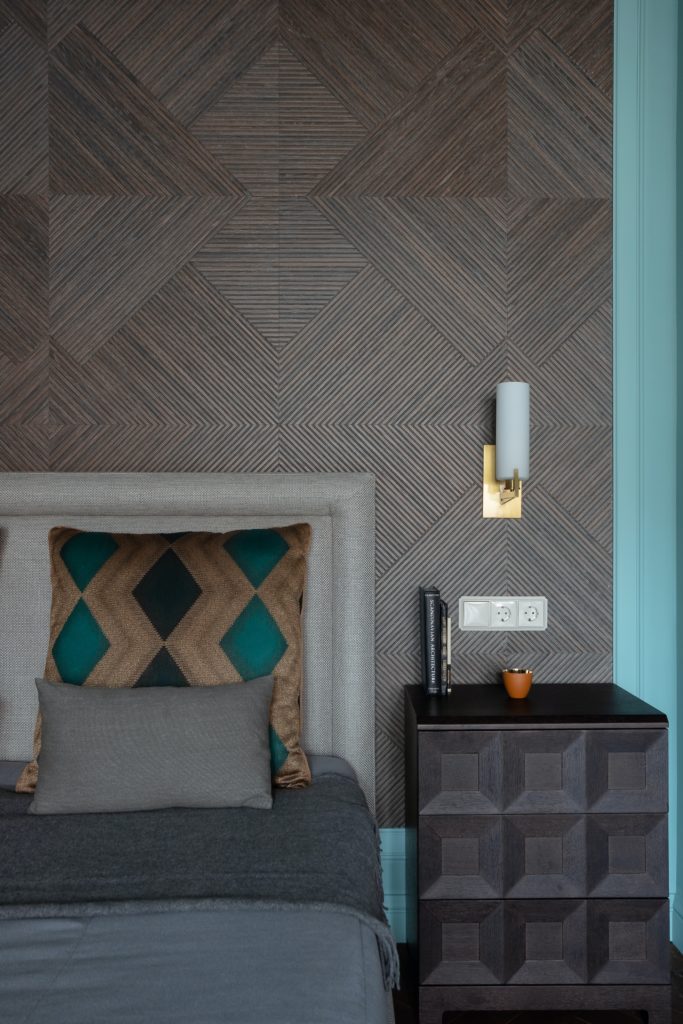
Last thoughts on email marketing for interior designers and home stagers
There is so much more that can be said about email marketing – this blog post barely scratches the surface! Still, we hope it gave you a comprehensive overview and guidance to feel confident about building your email list and sending out regular newsletters to your audience.
If you haven’t yet, subscribe to our own newsletter for more inspiration and advice – every week you can expect marketing tactics, social media tips, and other resources to grow your business.











